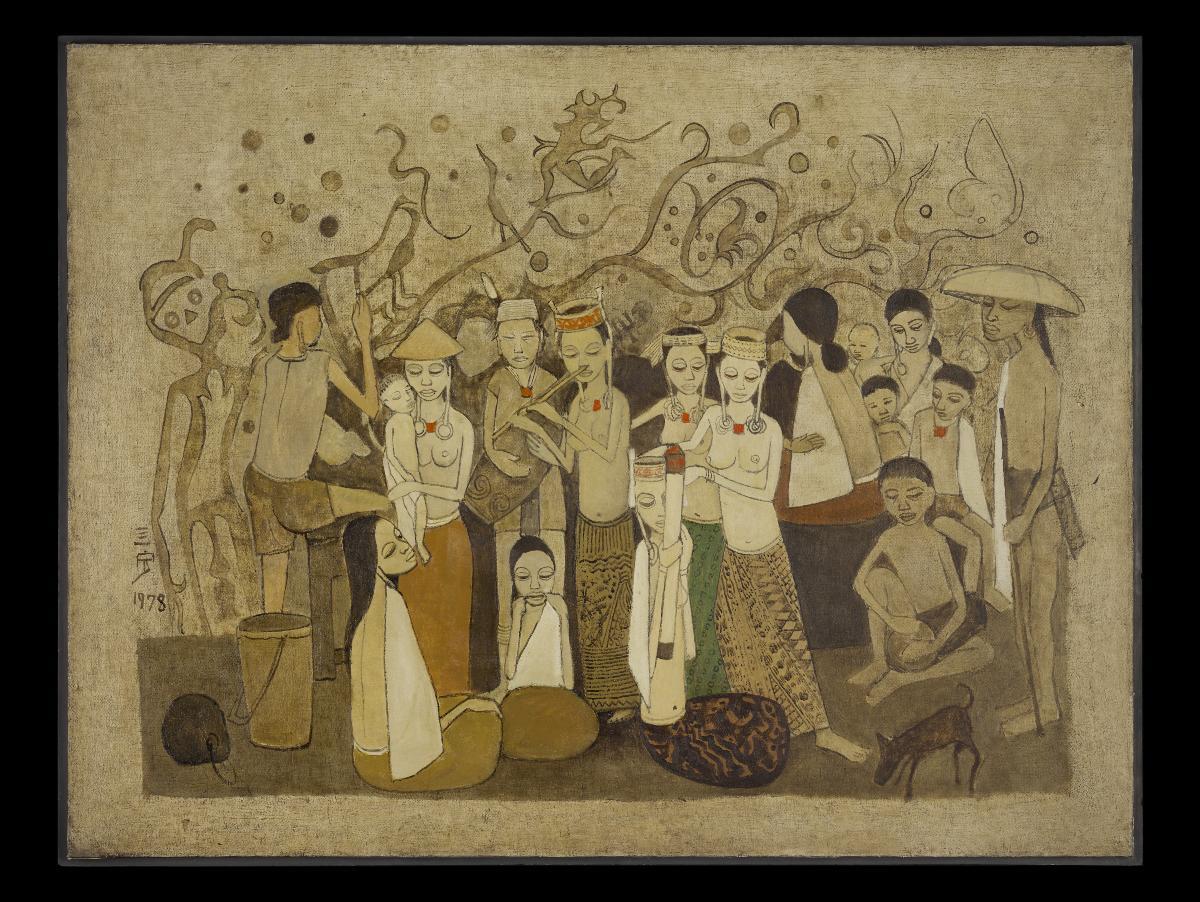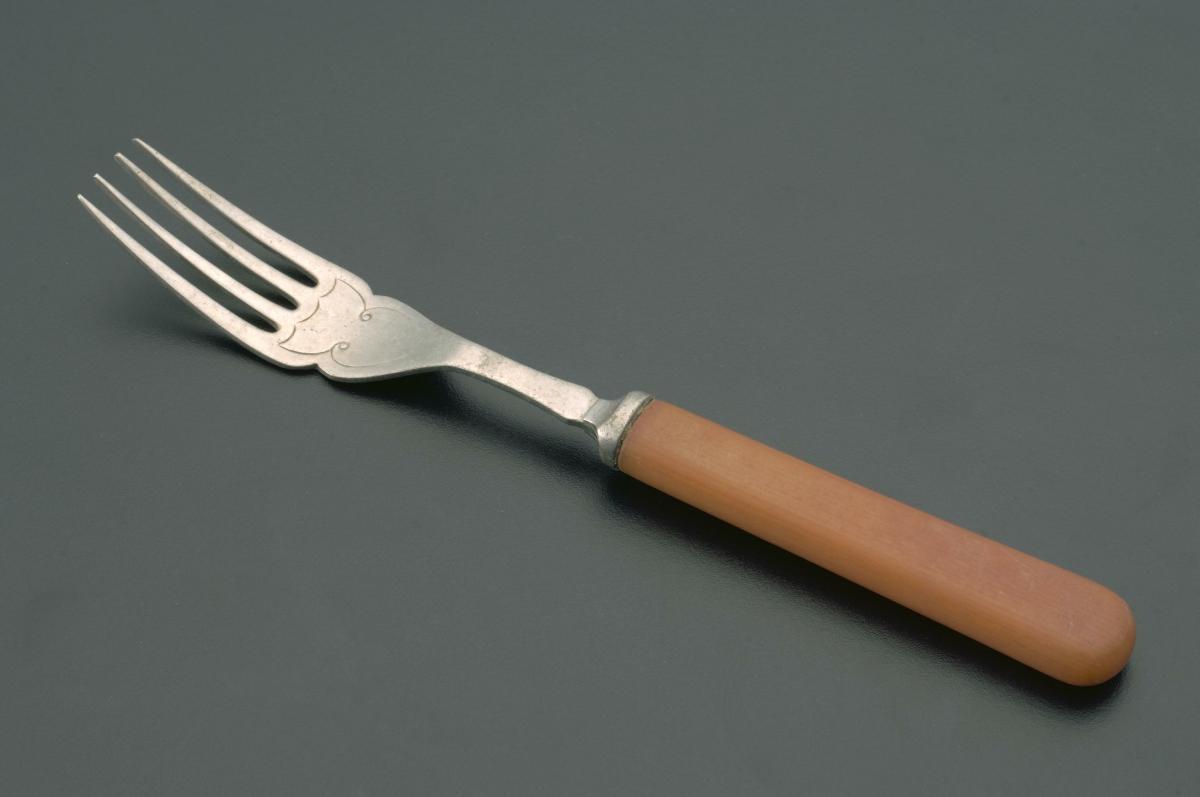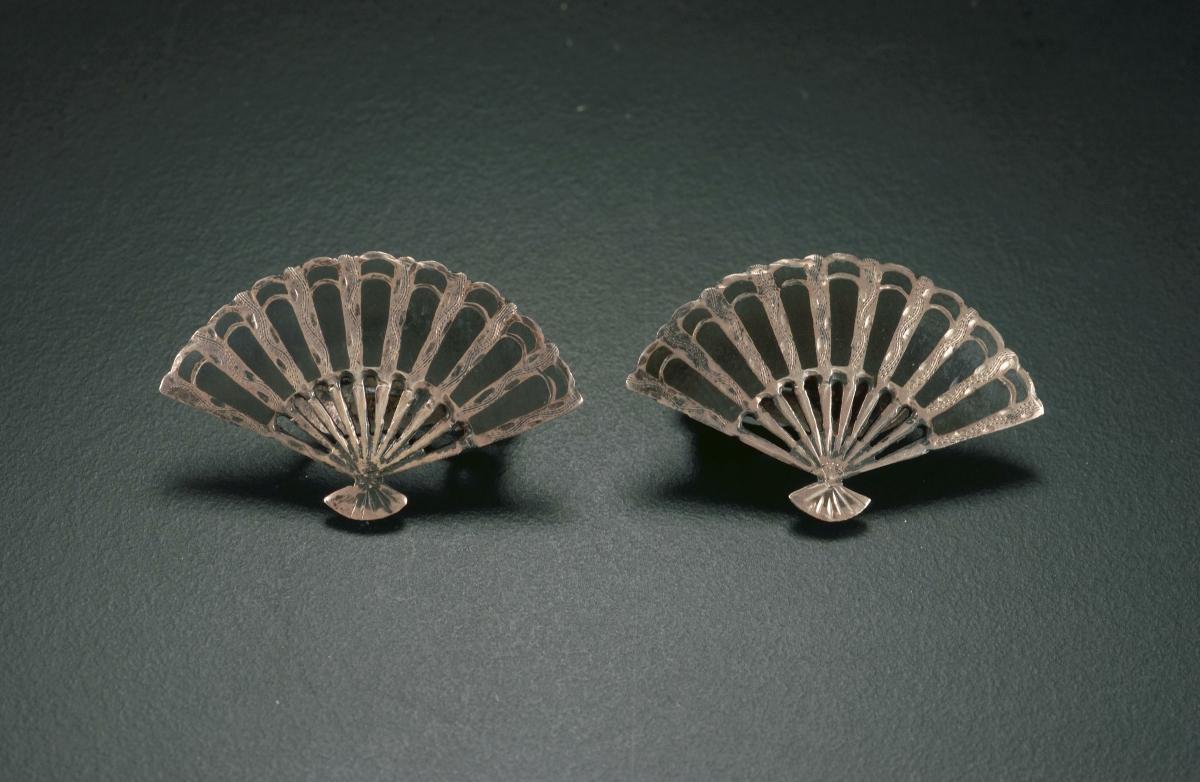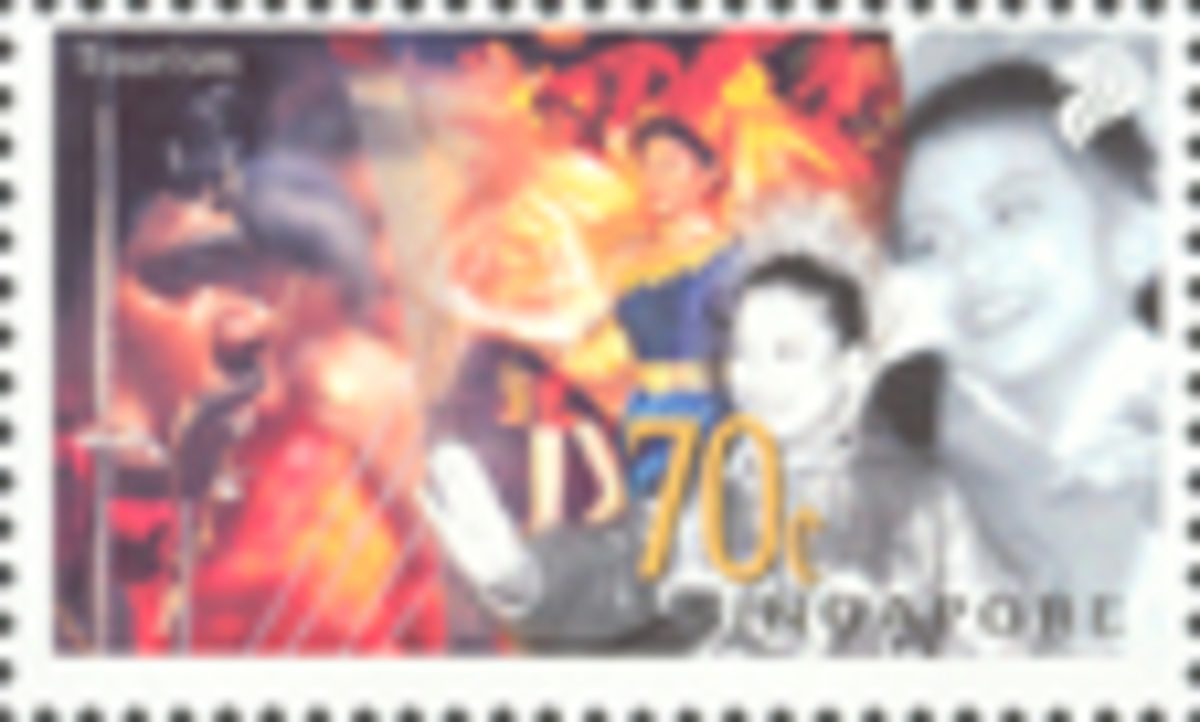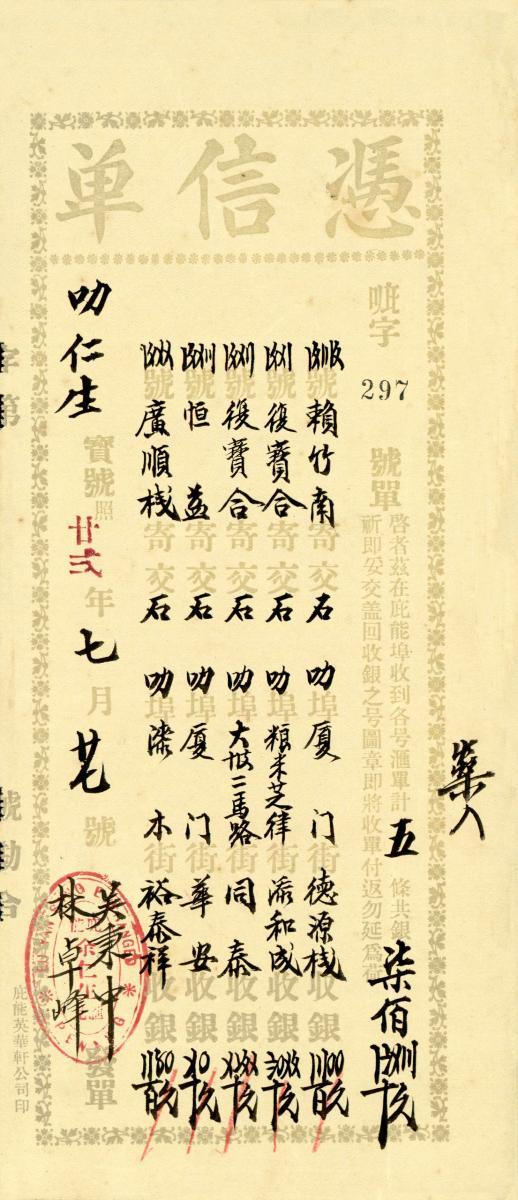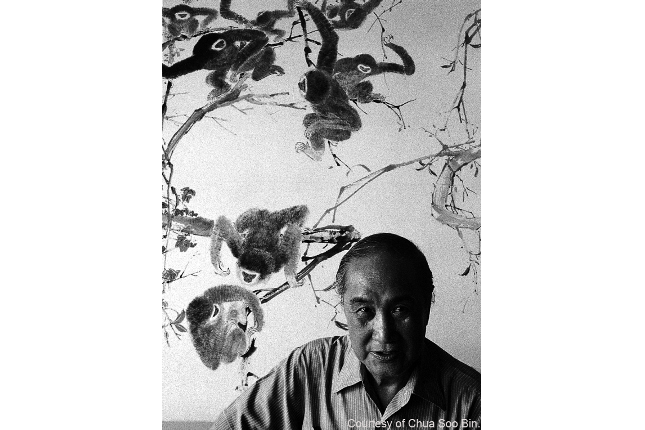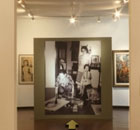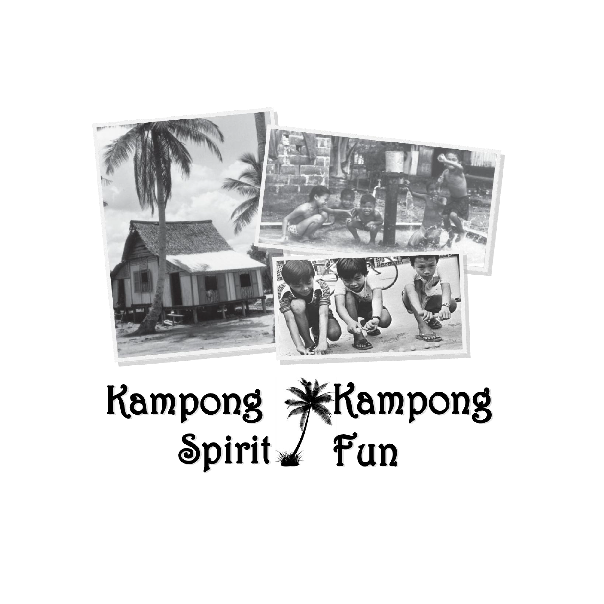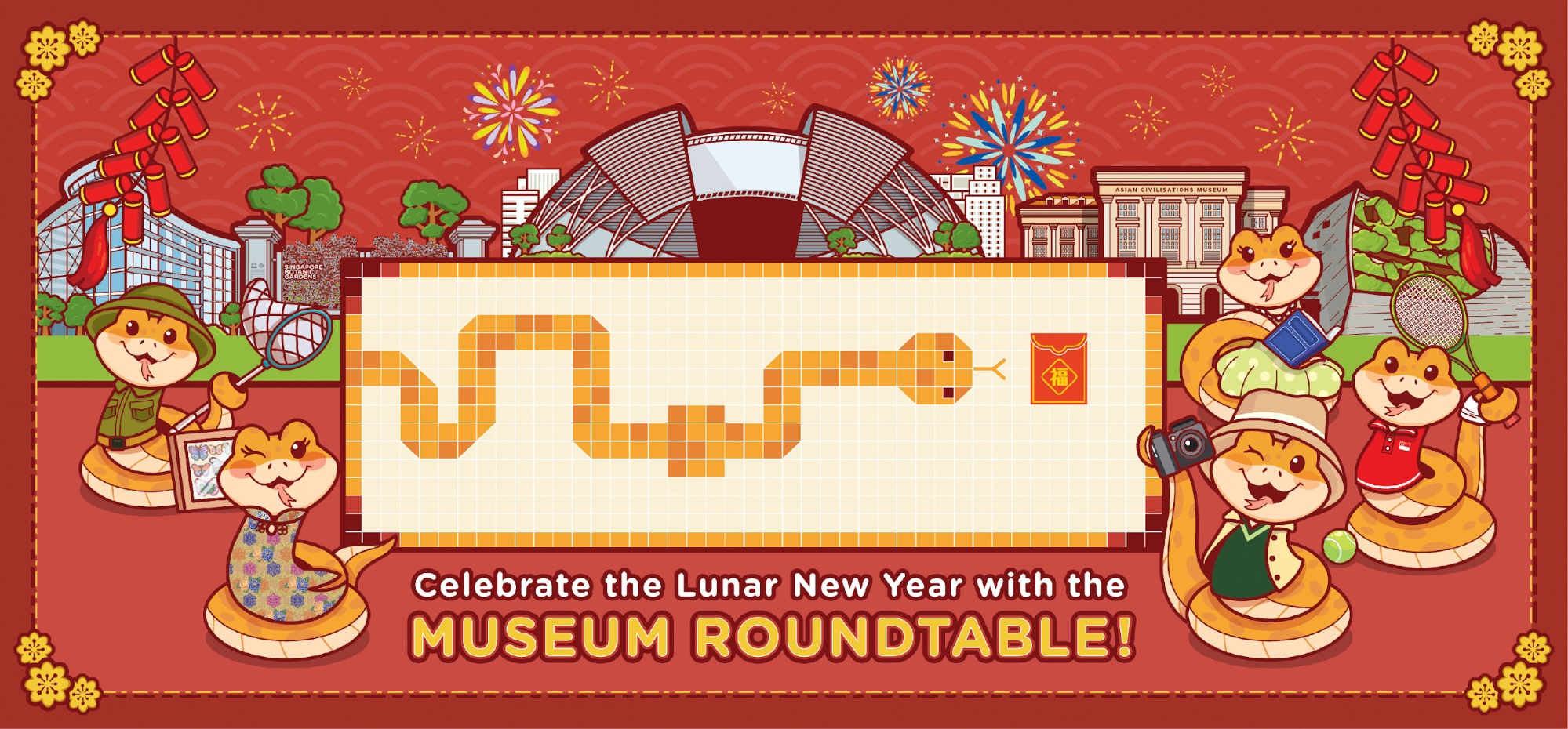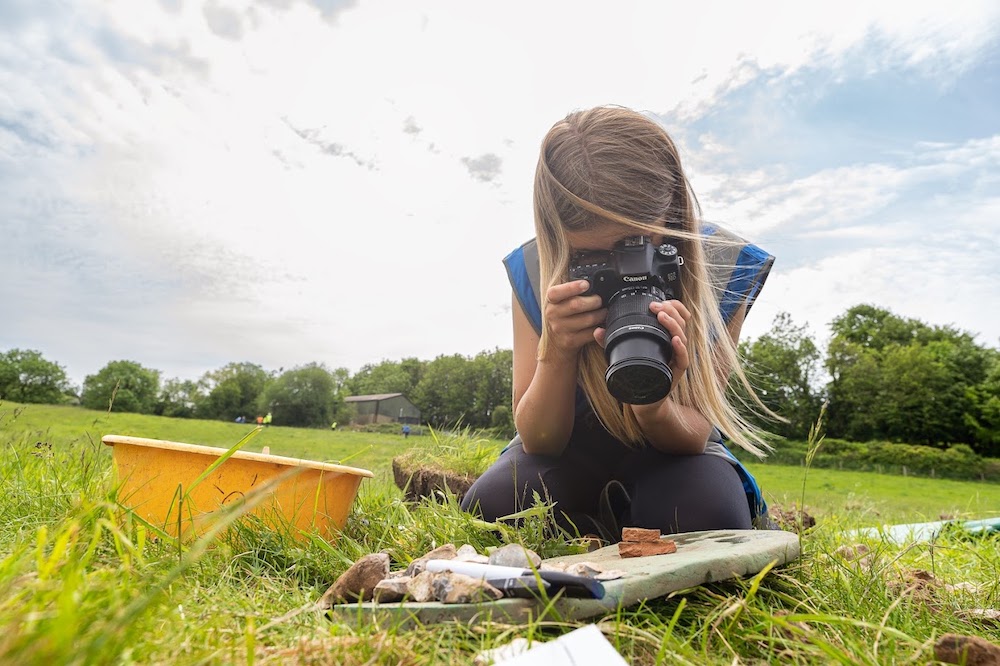Cheong Soo Pieng (1917-1983) is regarded as a pivotal figure in Singapore’s modern art development. Born in Xiamen, China, he was part of a group of artists that attempted to articulate a style identifiable and pertinent to post-war Singapore, then known collectively with Malaysia, as Malaya. This style, later crystallized as the Nanyang Style, provided a foundation upon which future generations of artists learned and expanded on. A key element of the Nanyang Style was the synthesis of Chinese pictorial elements and the diverse formalistic qualities from the School of Paris.'Life in Longhouse' is one of Soo Pieng's final works as he passed away in 1983. This is a rare example of a late painting by the artist showing the importance of Southeast Asia as a visual source in his artistic practice. 'Life in Longhouse' could be regarded as the most important painting from his encounters with ethnic communities in Southeast Asia. He pays tribute to the artistic creativity of these ethnic communities by depicting them as painters. His interest in details is shown in the intricate batik motifs depicted, exemplary of his late stylistic shift towards thin but distinct line work using lighter hues.




